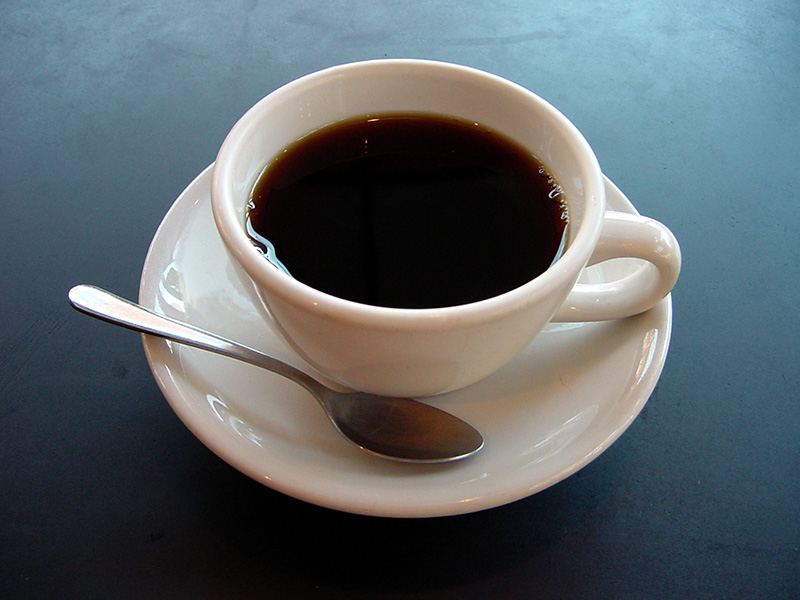WINDSOR, ONT. – There may be more coffee houses than there has ever been, if you include modern chains populating the street corners of metropolitan centres with their elaborate – and overpriced – caffeine concoctions.
Ironically, the vast multiplication of java joints in today’s world is no substitute for the grand tradition of European-inspired coffee houses, according to Shachar Pinsker, a professor of Judaic and Middle East studies at the University of Michigan.
Those old-world cafés, which began popping up in Europe in the 18th century, were much smaller in number, but were nevertheless significant. Not only were they social gathering places, they became street-level emporiums that nurtured a wide variety of intellectual life. And they were places where some of the leading cultural figures of the day held forth with discussions on art, philosophy and politics.
Pinsker recently told an audience at a talk in Windsor, Ont., that these cafés – in cities like Odessa, Warsaw, Berlin and Vienna – also happened to be integral to the flourishing of Jewish intellectual life. He chronicles their importance in his new book, A Rich Brew: How Cafés Created Modern Jewish Culture.
READ: ‘THE SADDEST COFFEEHOUSE IN THE WORLD’
The professor said that coffee houses became “way stations” for Jewish intellectuals for several reasons.
They offered a refuge from the anonymity of urban life and, unlike restaurants, were inexpensive ways for friends to gather for hours on end. They were also places that allowed Jews to enter, unlike most non-Jewish social and ethnic clubs. Their libertine atmosphere offered “a certain degree” of freedom from the government. And, he said, with the migration from rural to urban regions, they offered sanctuaries, “both comforting and exhilarating,” to help people cope with “modernity.”
No less a figure than Moses Mendelssohn, who’s considered the father of Jewish enlightenment, exchanged his views in the coffee salons of Germany.
“This was the first time he was out of the small confines of the small Jewish community and it was a way for him to enter the world of German and European enlightenment,” Pinsker said. “He met some of the most famous playwrights and philosophers, and he started writing in German and in Hebrew in that spirit, after he went to the café houses.”

Indeed, in a literal sense, the coffee houses became “a substitute to the synagogue and the house of study,” according to Pinsker. But they also allowed Jews to connect to non-Jewish intellectuals, artists and publishers, and share their ideas.
Pinsker referenced some of the famous cafés over time, like Fanconi and Libman in Odessa, Ziemiańska and Sztuka in Warsaw, Café Central in Vienna and Café Monopol in Berlin.
And the intellectuals who frequented them are legendary: from Theodor Herzl to Stefan Zweig, Sholem Aleichem to Isaac Bashevis Singer and George Grosz to Arthur Koestler.
“Emma Goldman really started her career in a coffee house,” Pinsker said.
In Weimar Germany, the worlds of the cabaret and coffee house “were really connected to one another,” as provocative theatrics was the musical equivalent to freewheeling debate.
Jewish communities in the Middle East and the United States also saw café society exported to the urban cores of Tel Aviv and New York City.
The reality is that the coffee house was connected to the world of print, newspapers, publishing – they all came together at the same time.
– Shachar Pinsker
One intellectual, upon surveying Tel Aviv’s Café Retzki, said he actually “began to believe” in the city’s future, Pinsker said.
In New York, the Lower East Side – where the first waves of Jewish immigrants landed – abounded in cafés like Sachs, Zeitlin’s and Goodman and Levine’s.
Pinsker said there’s no doubt that café society was a bastion of men. The few women who frequented them were often thought of as being sexually loose. The American Yiddish poet Anna Margolin even had her gender doubted. “People didn’t believe she was a woman,” he said.
Would the nurturing of Jewish thought have happened without the central role played by cafés?
“Maybe,” Pinkser said. “The reality is that the coffee house was connected to the world of print, newspapers, publishing – they all came together at the same time.”
